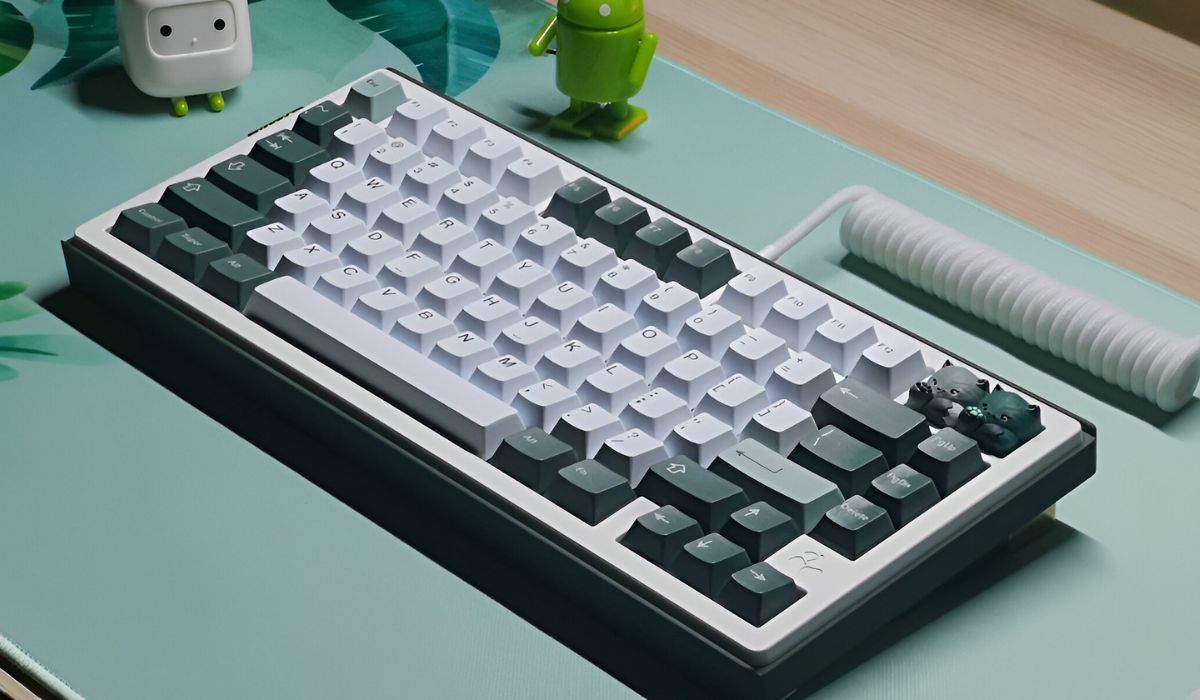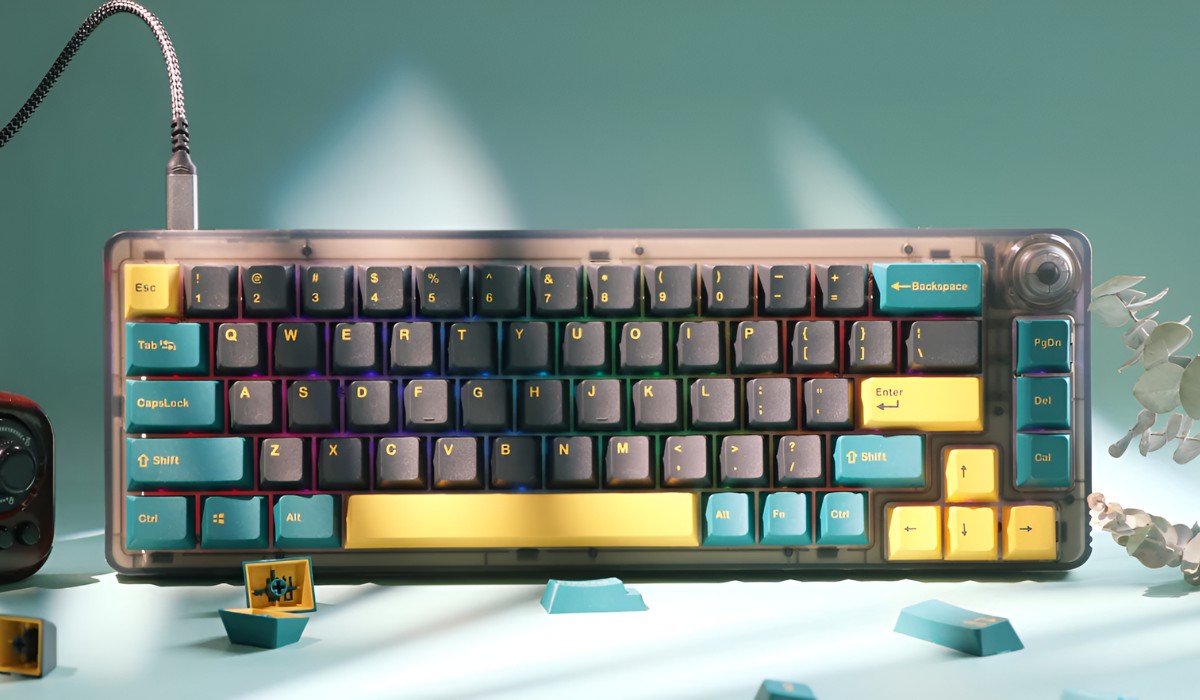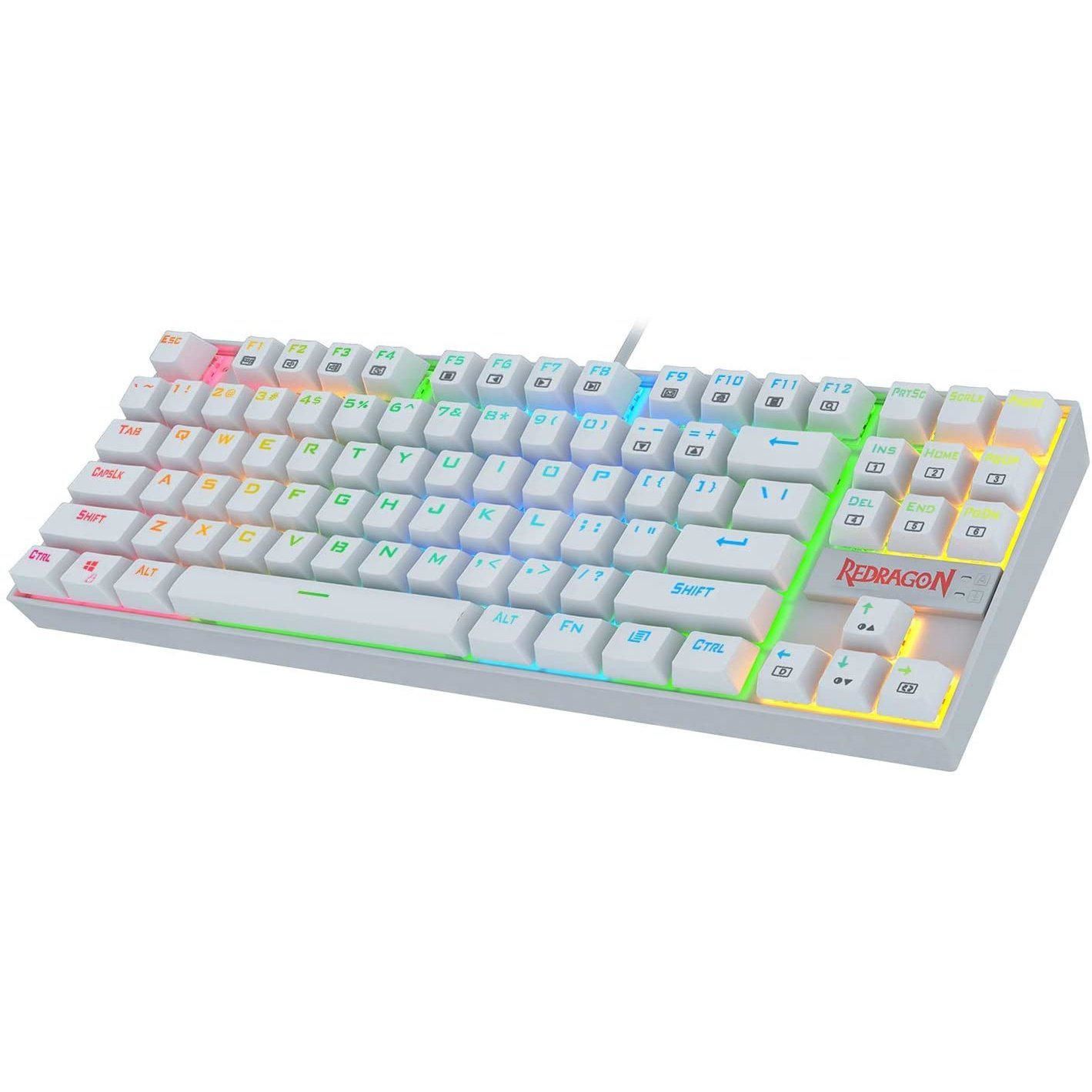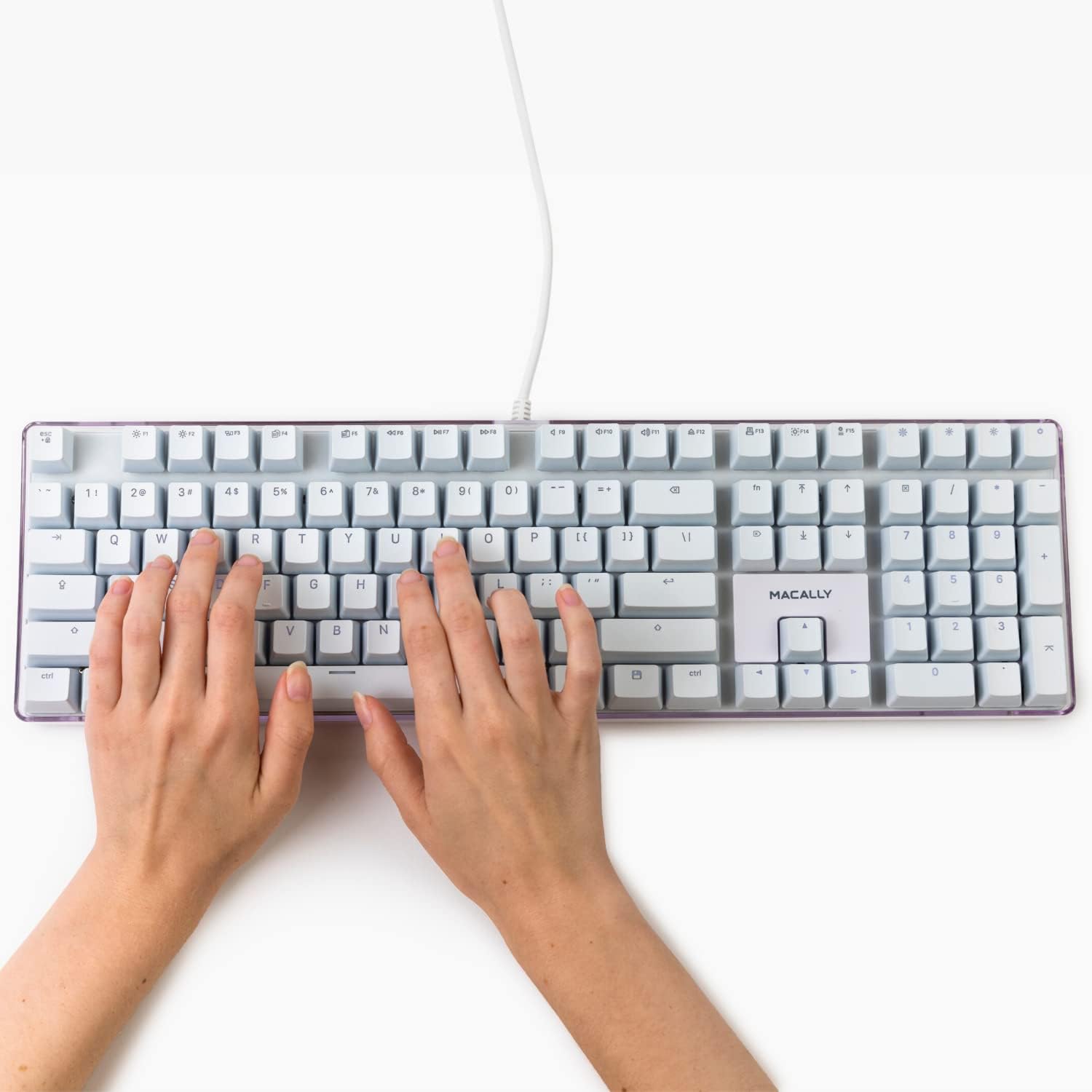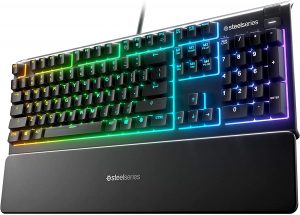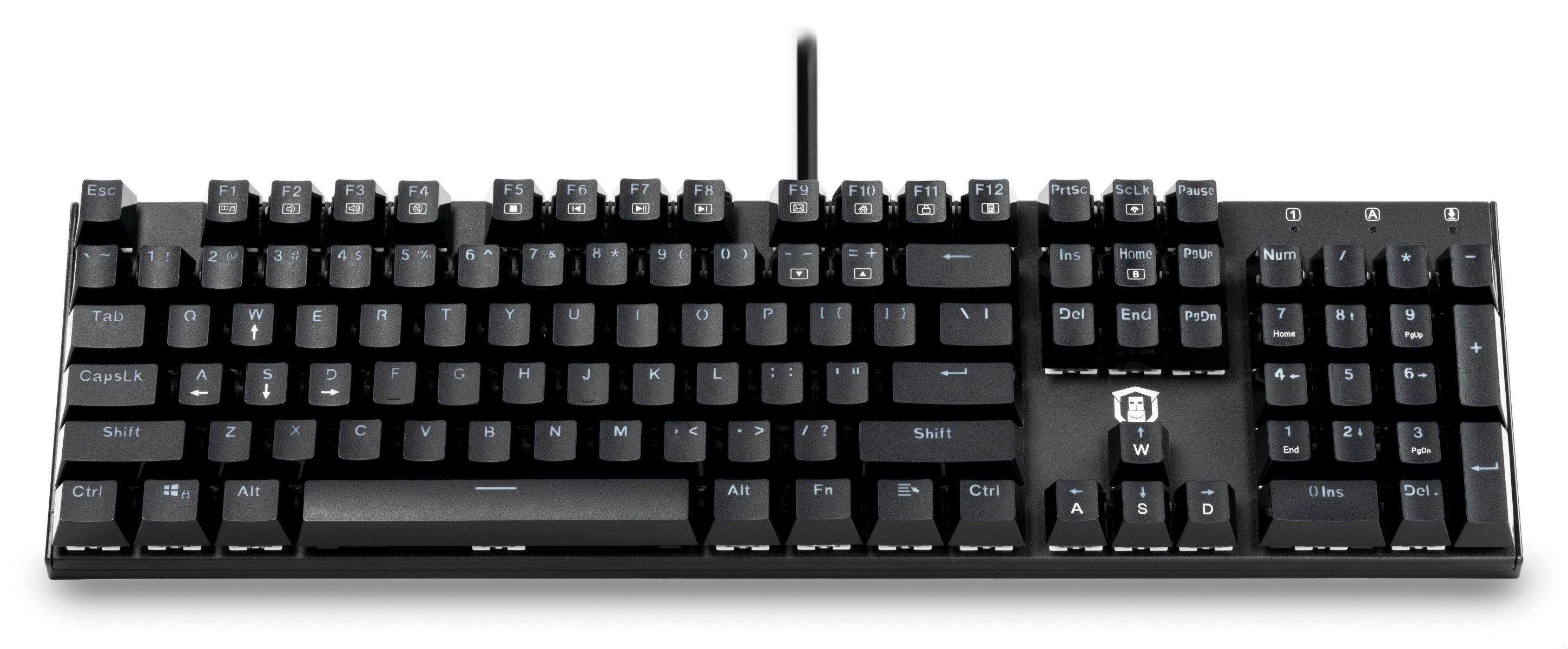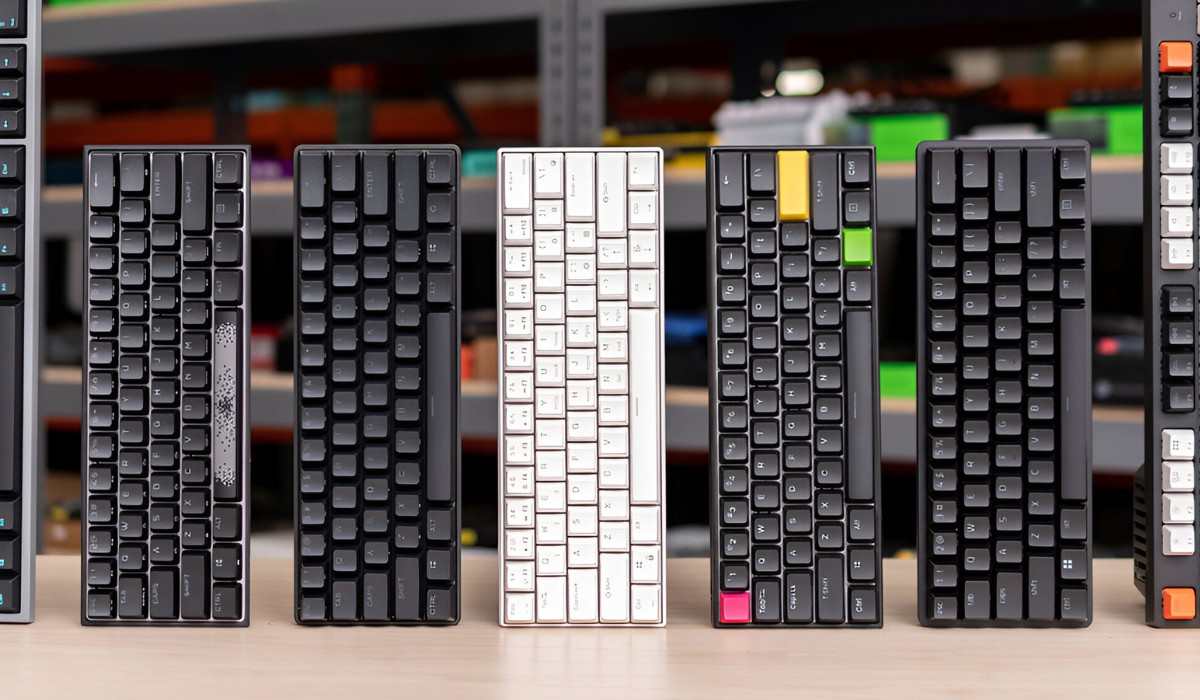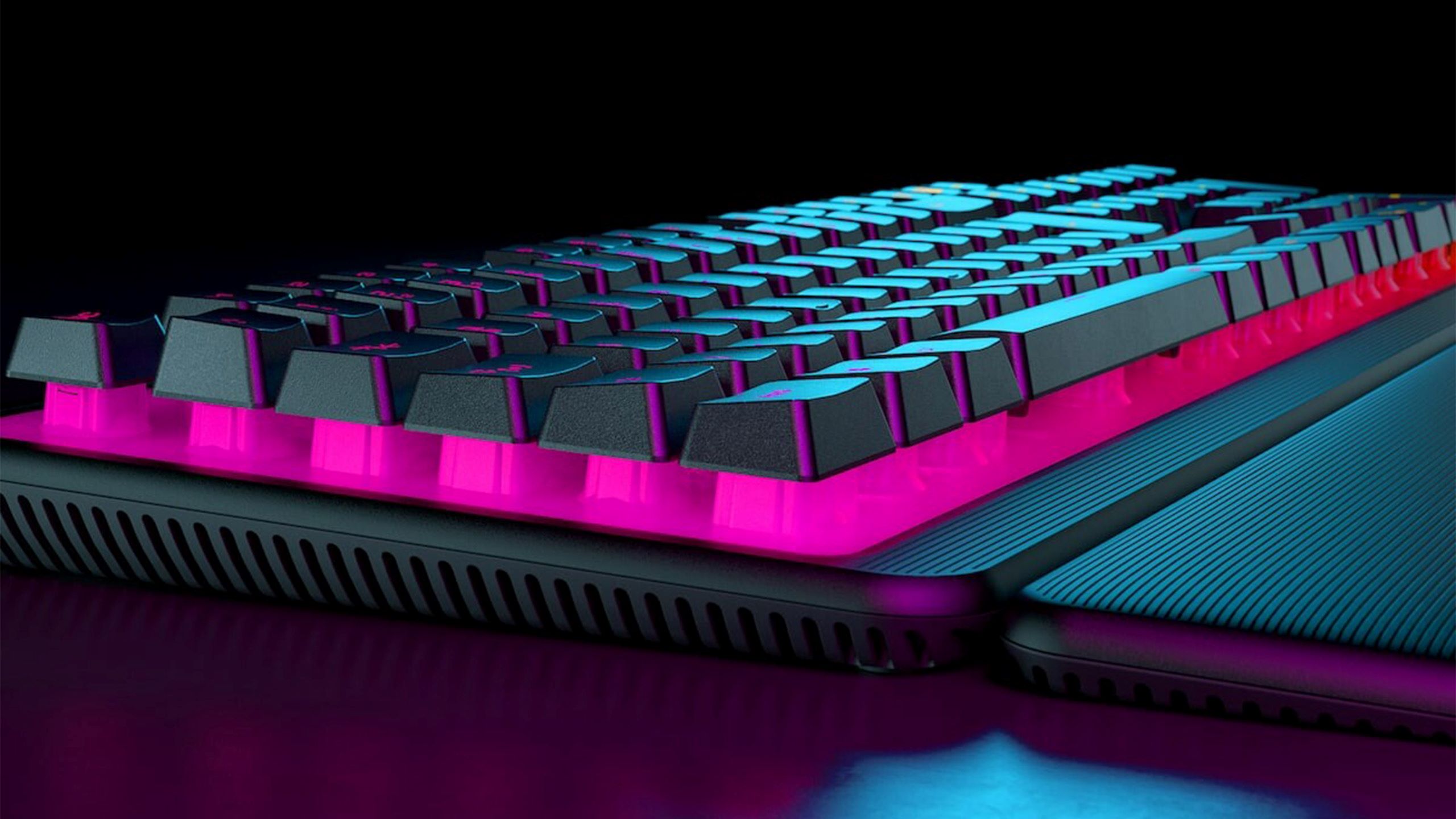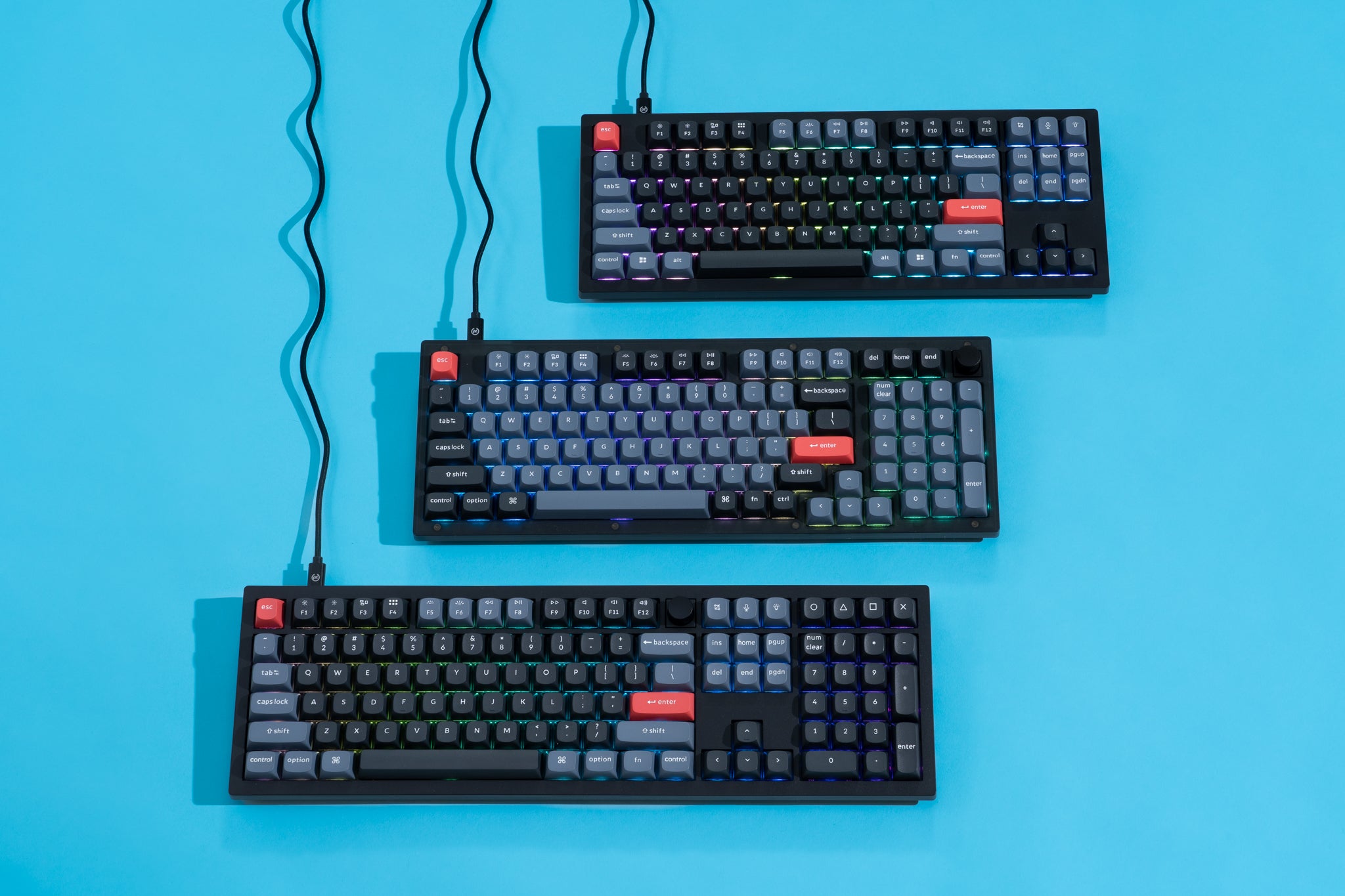Introduction
When it comes to typing, a mechanical keyboard offers a tactile and auditory experience that many enthusiasts find incredibly satisfying. These keyboards are prized for their durability, responsiveness, and customizable features, making them a popular choice for typists, gamers, and professionals alike. Understanding the layout and functionality of a full-size mechanical keyboard is essential for maximizing its potential and efficiency. In this article, we will explore the various keys and features found on a standard full-size mechanical keyboard, shedding light on the different sections and their respective functions.
From the standard key layout to the additional function keys, numpad, navigation and editing keys, as well as special keys and features, each component plays a crucial role in enhancing productivity and user experience. By delving into the intricacies of a full-size mechanical keyboard, users can harness its full capabilities and make informed decisions when selecting a keyboard that best suits their needs and preferences.
Whether you’re a seasoned typist, an avid gamer, or a professional seeking a reliable input device, understanding the layout and functionality of a full-size mechanical keyboard is the first step toward unlocking its potential. Let’s embark on a journey to unravel the secrets of these mechanical marvels and discover the myriad possibilities they offer.
Standard Key Layout
The standard key layout of a full-size mechanical keyboard encompasses the alphanumeric keys, punctuation and symbol keys, modifier keys, and various other essential components. These keys are arranged in a specific pattern to facilitate efficient typing and accessibility. The alphanumeric keys, commonly referred to as the “typewriter keys,” form the primary input mechanism for letters, numbers, and other characters. This section of the keyboard is further divided into four quarters, with the top left containing the escape key and function keys, the top right housing the print screen, scroll lock, and pause keys, and the bottom two quarters comprising the alphanumeric and punctuation keys.
Adjacent to the alphanumeric keys are the modifier keys, including the shift, control, and alt keys, which are vital for executing commands, shortcuts, and modifying the behavior of other keys. The spacebar, enter key, and backspace key are strategically positioned for easy access and play a crucial role in typing and editing functions. Additionally, the standard key layout includes the arrow keys, which facilitate navigation within documents and interfaces, as well as the home, end, page up, and page down keys, which aid in efficient text editing and scrolling.
Understanding the standard key layout is fundamental for mastering the use of a full-size mechanical keyboard. The ergonomic placement of keys and the logical arrangement of functions contribute to a seamless typing experience, allowing users to express themselves with precision and speed. Whether composing documents, coding, or engaging in casual correspondence, the standard key layout forms the foundation of efficient and comfortable typing on a full-size mechanical keyboard.
Additional Function Keys
Beyond the standard alphanumeric and modifier keys, a full-size mechanical keyboard often features additional function keys that serve diverse purposes, catering to the needs of different users. The function keys, typically arranged in a row at the top of the keyboard, are numbered from F1 to F12 and are designed to execute specific commands and shortcuts across various applications and operating systems. These keys are commonly utilized for tasks such as adjusting display settings, controlling media playback, launching applications, and activating system functions.
Moreover, many full-size mechanical keyboards incorporate dedicated media control keys, including play/pause, stop, previous track, next track, volume control, and mute keys. These dedicated keys offer convenient access to multimedia functions, allowing users to manage audio and video playback without interrupting their primary tasks. Additionally, some keyboards feature customizable macro keys that enable users to program complex sequences of commands or keystrokes, enhancing productivity and streamlining repetitive tasks.
Furthermore, the inclusion of specialized keys such as the Windows key, context menu key, and application key provides quick access to system and application-specific functions, contributing to a more efficient and intuitive user experience. These additional function keys, tailored to accommodate a wide range of user preferences and workflows, augment the versatility and utility of a full-size mechanical keyboard, empowering users to personalize their input devices to suit their specific needs.
Numpad
The numpad, or numeric keypad, is a distinctive feature of full-size mechanical keyboards, offering a dedicated set of keys for numeric input and arithmetic functions. Positioned to the right of the standard alphanumeric keys, the numpad consists of the numerals 0 through 9, arithmetic operators (plus, minus, multiply, divide), and additional function keys such as Num Lock, Enter, and the decimal point. This specialized section of the keyboard is particularly beneficial for users who frequently engage in numerical data entry, accounting, spreadsheet manipulation, and mathematical calculations.
With its ergonomic layout and tactile feedback, the numpad enhances the efficiency and accuracy of numeric input, allowing users to perform rapid calculations and data entry tasks with ease. The inclusion of dedicated arithmetic operators streamlines mathematical operations, eliminating the need to rely solely on the standard keys for numerical input and calculations. Moreover, the Num Lock key enables users to toggle between numeric input and alternate functions, further expanding the versatility of the numpad.
For professionals in fields such as finance, accounting, engineering, and data analysis, the numpad is an indispensable tool that accelerates productivity and facilitates precise numerical input. Its seamless integration into full-size mechanical keyboards underscores the commitment to providing a comprehensive and ergonomic typing experience, catering to the diverse needs of users across various industries and disciplines.
Navigation and Editing Keys
Full-size mechanical keyboards are equipped with a range of navigation and editing keys that enhance the efficiency of text manipulation and document traversal. These keys, strategically positioned within easy reach, facilitate seamless navigation within documents, spreadsheets, and interfaces, as well as streamline the editing and formatting of text.
The arrow keys, comprising the up, down, left, and right arrows, enable precise movement within documents and interfaces, allowing users to navigate through text, spreadsheets, and other content with accuracy and control. Complementing the arrow keys are the home, end, page up, and page down keys, which expedite the process of moving to the beginning or end of a line, scrolling through lengthy documents, and navigating between pages.
Furthermore, the inclusion of editing keys such as Insert, Delete, and Backspace empowers users to manipulate and modify text with ease, facilitating efficient editing and content creation. The Insert key, in particular, toggles between insert and overwrite modes, enabling users to seamlessly insert new text or overwrite existing content without disrupting their workflow. Additionally, the Delete and Backspace keys play a pivotal role in removing characters and content, contributing to a streamlined editing experience.
By integrating these navigation and editing keys into the design of full-size mechanical keyboards, manufacturers prioritize user convenience and productivity, acknowledging the importance of precise navigation and seamless text manipulation in various professional and personal computing tasks. The ergonomic placement and functionality of these keys underscore their significance in enhancing the overall typing experience, empowering users to navigate, edit, and create content with efficiency and precision.
Special Keys and Features
Beyond the standard alphanumeric, modifier, and function keys, full-size mechanical keyboards often incorporate special keys and features that cater to specific user preferences and workflows. These unique components enhance the versatility and functionality of the keyboard, offering tailored solutions for diverse computing tasks and user interactions.
One notable special key is the Windows key, which provides quick access to the Windows operating system’s Start menu and various system functions. This key serves as a convenient shortcut for launching applications, accessing system features, and navigating the Windows interface, contributing to a more efficient and intuitive user experience for Windows users.
Moreover, some full-size mechanical keyboards feature dedicated gaming mode keys that disable the Windows key and other potentially disruptive keys during gaming sessions, preventing accidental interruptions and ensuring uninterrupted gameplay. This gaming-centric feature is highly valued by gaming enthusiasts who prioritize seamless and uninterrupted gaming experiences.
Additionally, certain keyboards incorporate backlighting and customizable RGB lighting, allowing users to personalize the keyboard’s visual aesthetics and create immersive lighting effects. The ability to customize lighting patterns, colors, and brightness levels adds a touch of personalization and ambiance to the keyboard, enhancing the overall user experience and complementing gaming or workspace setups.
Furthermore, the inclusion of USB passthrough ports on some mechanical keyboards enables users to conveniently connect and charge peripheral devices such as mice, headsets, or smartphones directly through the keyboard, streamlining cable management and enhancing accessibility.
These special keys and features exemplify the commitment of full-size mechanical keyboard manufacturers to accommodate diverse user needs and preferences, offering tailored solutions for productivity, gaming, and personalization. By integrating these unique components, keyboards are transformed into versatile and customizable tools that empower users to optimize their computing experiences according to their individual requirements and preferences.
Conclusion
Full-size mechanical keyboards are not merely input devices; they are meticulously crafted tools designed to optimize the typing experience and cater to diverse user needs. From the standard key layout, which forms the foundation of efficient typing, to the additional function keys that enhance productivity and customization, these keyboards offer a wealth of features that elevate the user’s interaction with their computing devices.
The inclusion of the numpad, navigation and editing keys, and special keys and features further amplifies the versatility and functionality of full-size mechanical keyboards, catering to professionals, gamers, and enthusiasts across various domains. Whether it’s the precision of numeric input, the seamless navigation within documents, or the personalization options offered by special features, these keyboards are equipped to meet the demands of modern computing tasks.
As users continue to seek input devices that not only facilitate efficient typing but also align with their specific workflows and preferences, the evolution of full-size mechanical keyboards remains a testament to the commitment of manufacturers in providing tailored solutions. The meticulous attention to detail, ergonomic design, and customizable features collectively contribute to a typing experience that transcends mere functionality, offering a personalized and immersive interaction with computing systems.
Ultimately, full-size mechanical keyboards stand as a testament to the marriage of tradition and innovation, blending the timeless tactile satisfaction of mechanical key switches with modern features and customization options. As the demand for versatile, durable, and customizable input devices continues to grow, these keyboards remain at the forefront, embodying the seamless fusion of form, function, and personalization.







